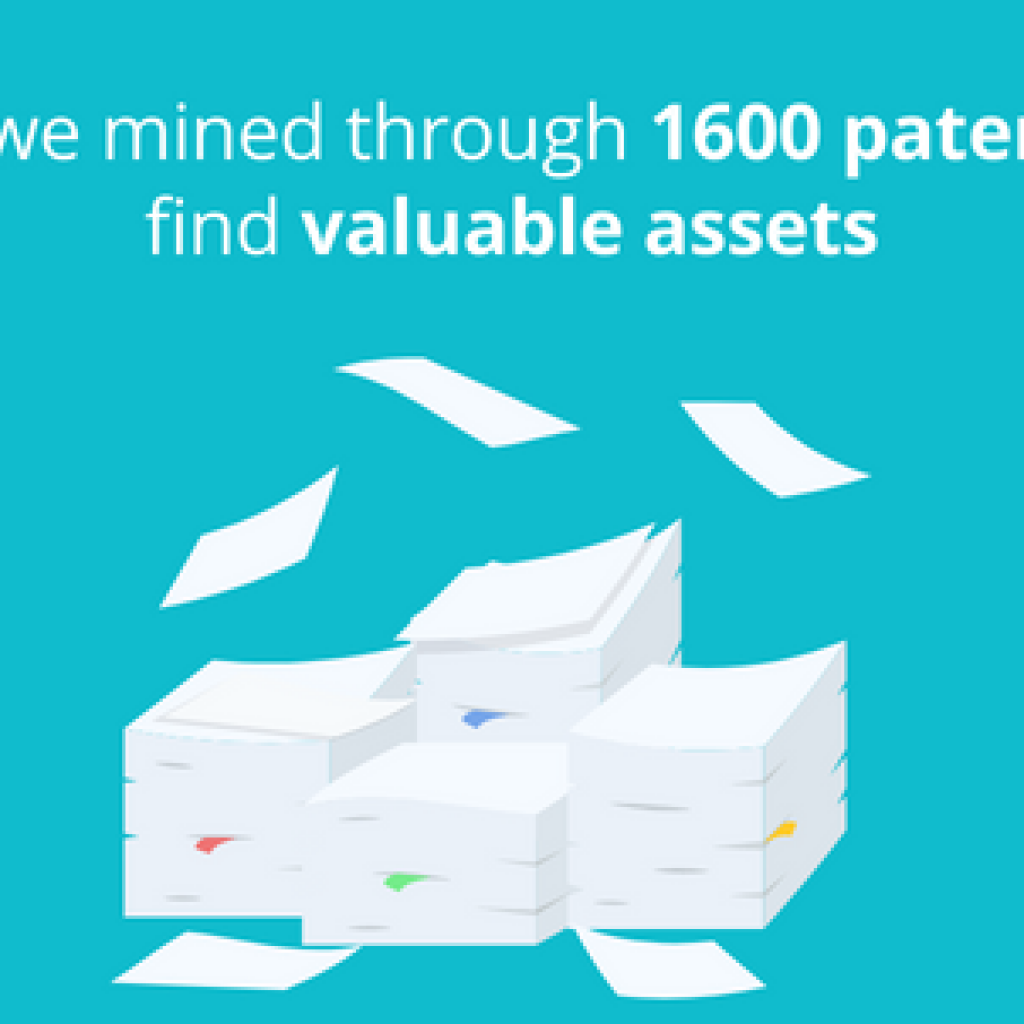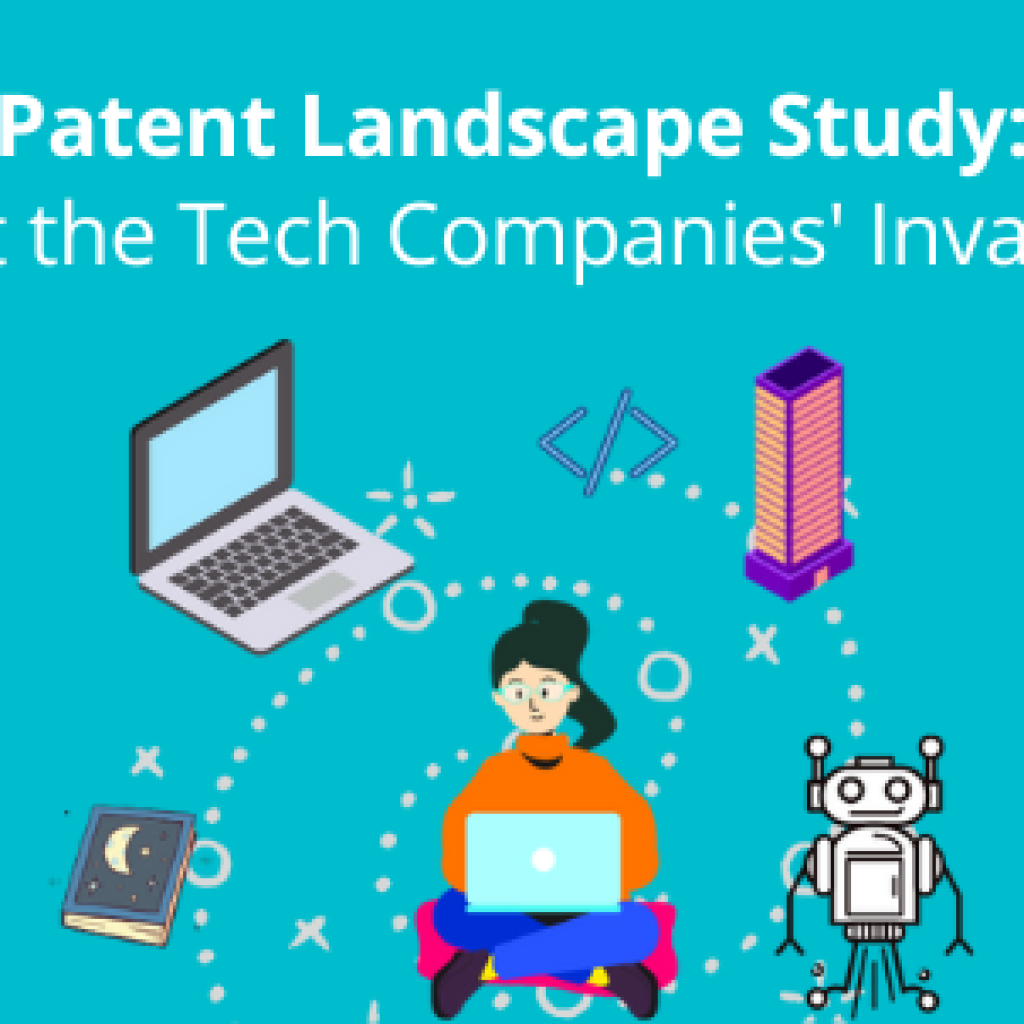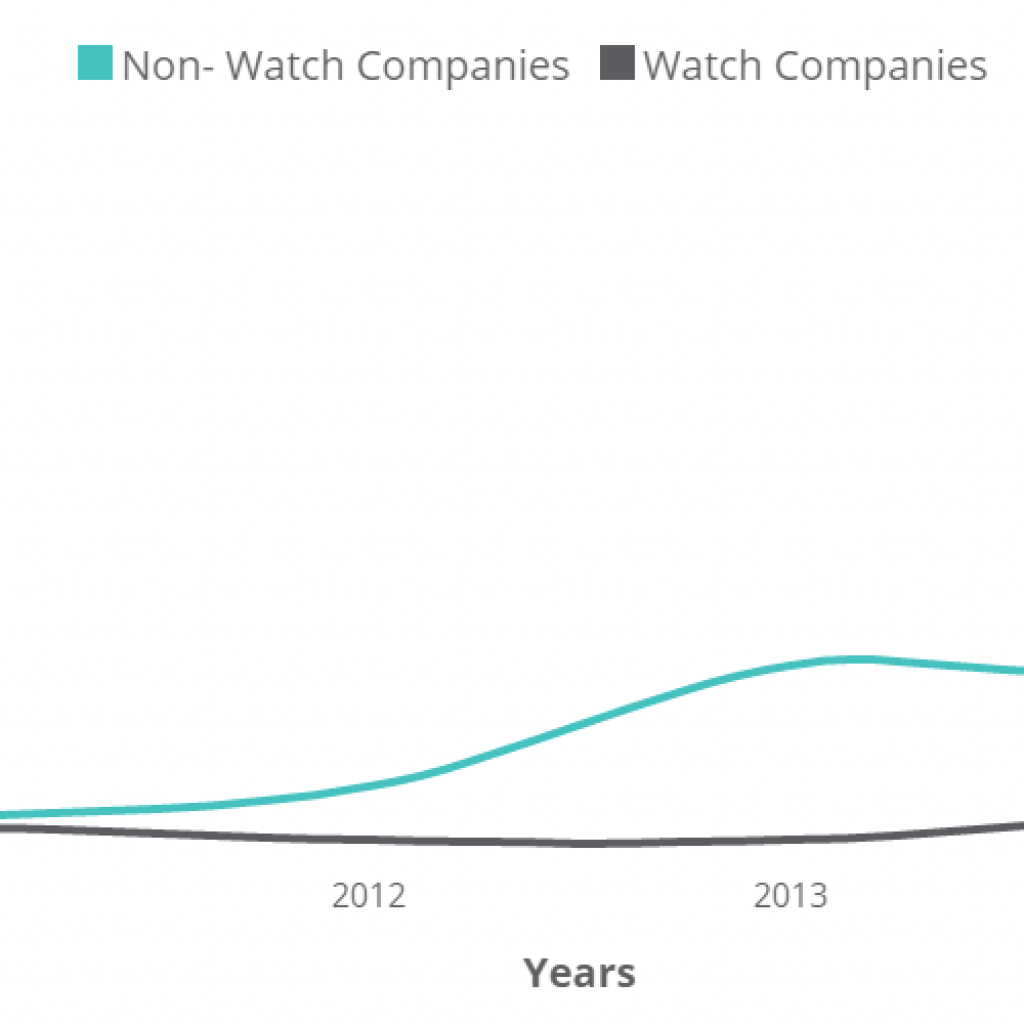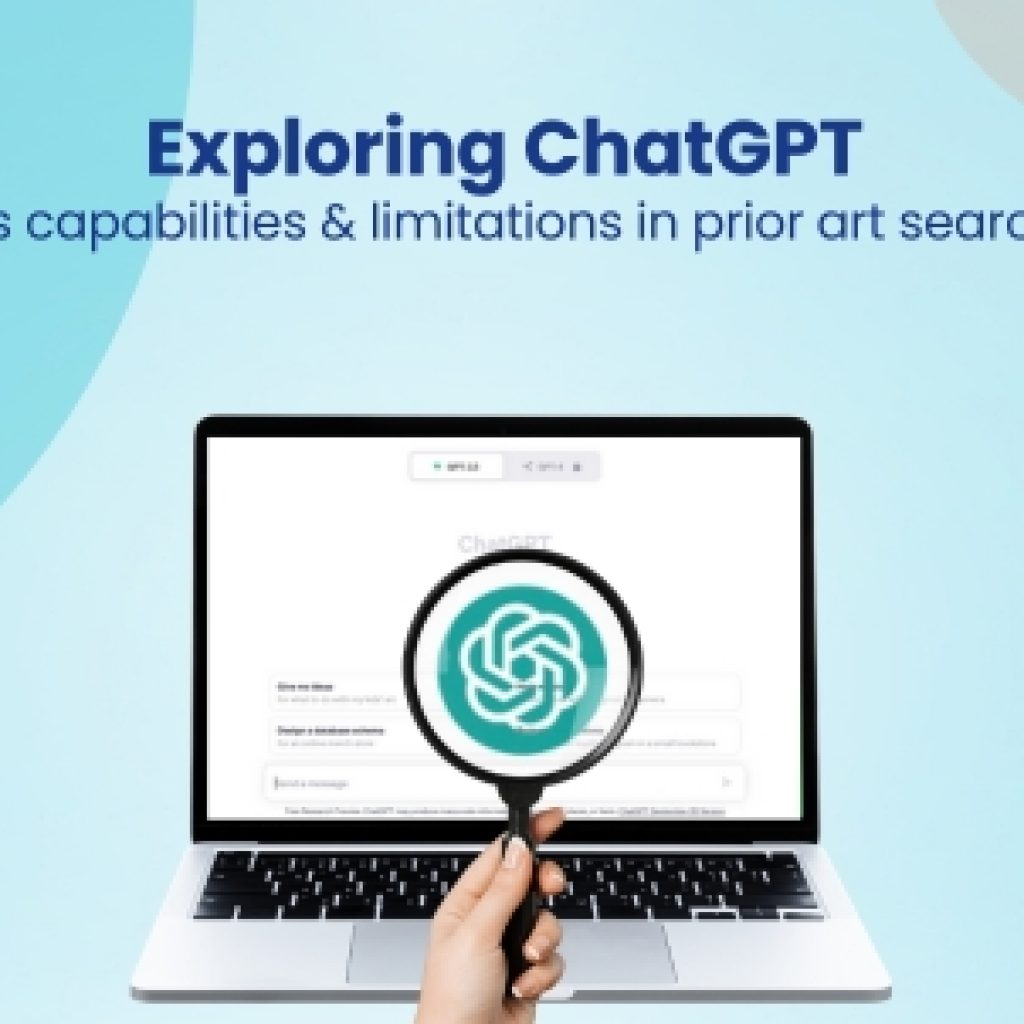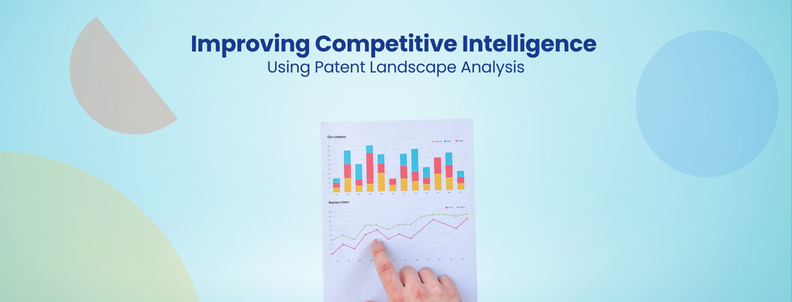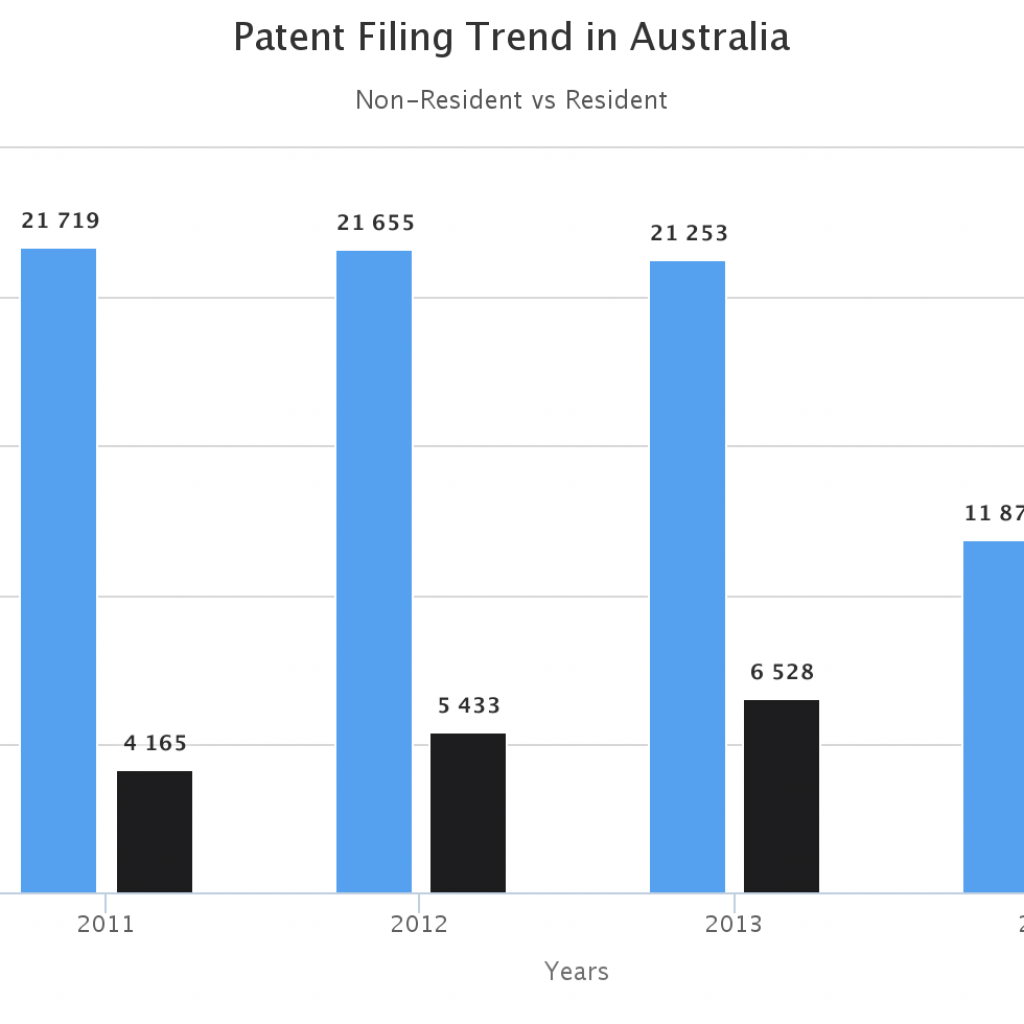Running a business in today’s marketplace is much akin to a game of chess. Every move should be carefully plotted to beat the enemy in his own game so that you could emerge as a winner.
But there are times when the opponent you are trying to defeat is the master of the game. With a robust R&D team, strong IP rights and a smart litigation team at their aid, some competitors are just very difficult to win against. As the game advances, so does their chance of winning.
Is there any way to defeat such competitors?
Yes, there is.
Strike while the iron is hot
In concise terms, the best way to outrank a competitor is to figure out the products (or addition of new features to existing products) that it would launch in the near future and reach the target market segment with a better product (or feature) before a competitor does.
You might be thinking to yourself- “This sounds too easy, but is very difficult to implement. Unless, I have a spy working in the competitor’s organization revealing all this information. This strategy won’t work. I wish there was an easier way.”
Congratulations dear sir/ma’am,
“Your wish has been fulfilled.”
No, I am not kidding.
We at GreyB understand that patent landscape reports are not enough to answer your detailed queries. Looking at thousands of patent applications data has never been a solution to complex questions like:
“What are the competitors developing next?”
To answer this question accurately, we developed a methodology that could serve as a binocular and let you peek on the latest products/features your competitors are working on.
Aptly titled the “Feature (Read future) Prediction”, this methodology was developed with the intent to help R&D teams monitor their competitor’s development efforts. This methodology can help an R&D team channelize its efforts to capture the market segment before its competitors.
Side note: In one of our previous articles, we discussed how an R&D team could figure out many complex questions like what to develop next, which technology of yours is in the growth/declining phase, etc. You can read the article here: Click here to read.
How We Deduce the Future
The feature prediction methodology generates exemplary insights based on a variety of data inputted manually. The data is not limited to patent filing information solely, rather other complex information like market research data, acquisitions, IP trade-offs are also analyzed before an insight is generated.
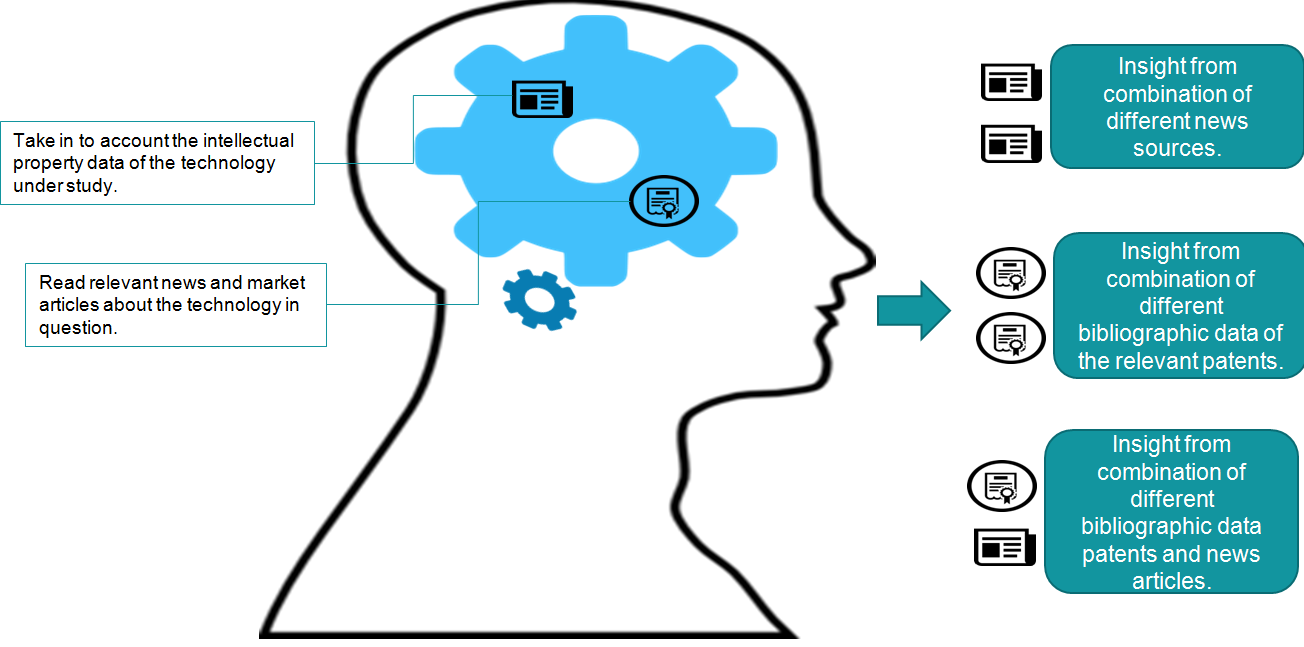
Further, the data from above-mentioned sources are aggregated (given the form of taxonomy) and a couple of logics are applied on this data to generate the insights.
If your question is “What kind of logics?” hold on a little, we are about to find out.
Using Patent Filing Trend to Predict a Competitor’s Next Move
Typically, trails are identified based on Patent filing trends. Patent filing data often serves as an accurate way to determine whether the most recent patent applications are:
- an addition to an existing product features
- a totally new product that is about to be launched
Patent applications published recently – within a span of a couple of months – are studied. These are then correlated to particular products/features in an existing taxonomy. If a correlation exists, it signifies that the patent application is filed to protect an additional feature of an existing product.
In case the patent describes something that doesn’t relate to any existing products of competitors, it could be predicted that a competitor(s) is working on a totally new invention.
Patent Inventor Data to Find out Chances of a Product to Roll into a Market
Key inventor data give great clues to estimate the chances of a patent getting converted into a product.
An organization files hundreds of patent applications on a quarterly basis. Most of these patents have a common or key inventor. It might be a case that a common inventor is working on a particular product. To protect the invention, he would have filed multiple patents, since a patent application only protects one aspect/feature of a product. Finding a common inventor helps you find the product he is working on.
If there is an existing product, there are good chances of multiple patent applications filed by a common inventor to get implemented as an improvement over the existing product in the future. Thus, this metric can help you find what new you’ll see in the near future in a competitor’s product.
Also Read: Why your competitor has better ROI on patents
Intuitive Prediction to Find Next Moves of a Competitor
The third logic that helps us figure out if a patent application would indeed be another feature in existing products is the Intuitive prediction. That’s right. We call it connecting the dots.
After studying patent filing data, correlating it to existing products and identifying common inventors, if things don’t appear clear, we study the core patents of an organization and try to connect the dots.
Basically, multiple core patents of the competitor are identified, where each patent pinpoints to certain features. Multiple other patents are searched that are protecting a feature which is an add-on to the features of a core patent. A correlation is then made to deduce find if it might take the shape of a product or not.
For example, we analyzed the patent portfolio of RJ Reynolds. We studied multiple core patents and pending applications to figure out what could they bring next. The analysis revealed that features disclosed in these patents could be the potential features of its next e-cigarette under the brand name REVO.
Utilizing a technique called vaping technique where the tobacco is heated instead of burned, there are pretty good chances for REVO to inculcate additional features in future while developing its e-cigarettes.
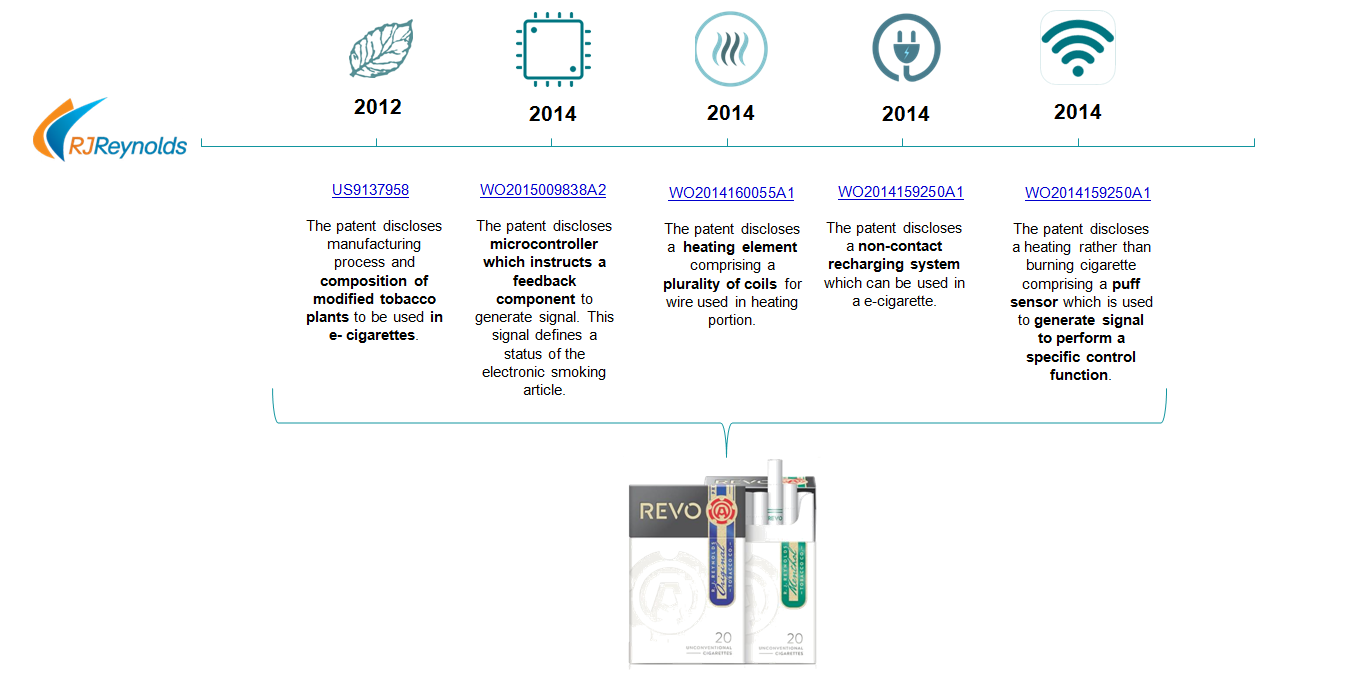
From the above example, you could see that the feature prediction methodology can give you a sneak peek into development efforts of your competitors. Though the predictions are very accurate; however, despite having strong patents, a competitor may discard working on a particular feature due to, for example, delayed growth in technology, lack of resources, lower acceptability rate in the market and the like.
To be concise, every 1 in a thousand predictions have a good chance of being proved wrong. The other 999 times, Nah! We don’t want to brag about it. You can read more about predicting tech trend here: how tech trend gives first mover advantage
Conclusion
Someone really famous once said, “Do unto others what you want others to do unto you.”
The truth is, since the methodology lets you have a great view at others’ development efforts, it is also true that your competitors too would get a good chance to have a look at your R&D efforts.
No matter how secretive you get, there is nothing that you can hide from a prediction methodology like ours.
But since you found out about it before the others, give the methodology a chance and put on your sneaky glasses to find out what others are up to. Let’s discuss how we can team up to beat your competitors. Feel free to reach out.

Before they plan their next move, checkmate them!
Happy Winning!
Authored by: Anjali Chopra, Research Analyst
P.S. We recently conducted a patent landscape study on Digital OilField Technologies. The study gives detail of evaluation of technology, its major players, future prospects and challenges, and more. You can download the free study here: Click Here




